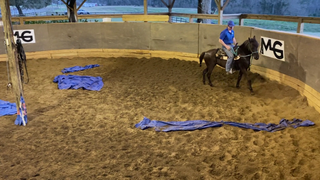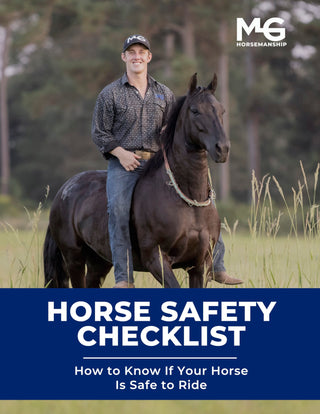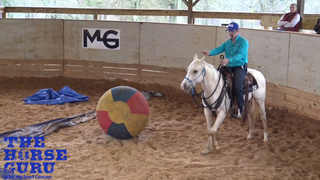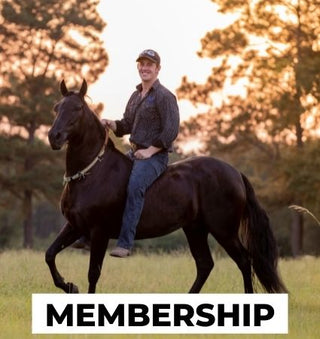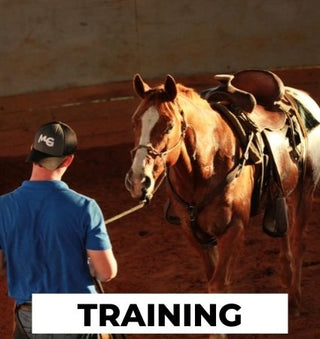Watch the Video Here or continue reading below!
Flexing in motion is an essential skill for developing a soft, responsive horse. It helps improve communication, control, and relaxation under saddle. In this guide, we’ll cover the key do’s and don’ts of flexing in motion, ensuring your horse remains balanced and engaged.
Do: Start with a Solid Foundation
Before attempting flexing in motion, your horse should already be comfortable with basic flexion. A well-prepared horse that understands how to flex at a standstill will transition more smoothly into flexing while moving.
Do: Work One Side at a Time
Instead of trying to flex both sides simultaneously, focus on developing one side at a time. This method allows the horse to disconnect its head from its body in a controlled manner. By reinforcing flexion on one side before moving to the other, you create a more fluid and responsive horse.
Do: Keep a Steady Hand
Maintaining steady outside rein contact while flexing the inside rein is key. Avoid abrupt movements or jerky rein pressure. A smooth, consistent cue will encourage the horse to soften without resistance.
Do: Use Small Circles if Necessary
If your horse struggles with flexing in motion, start with small circles. This encourages natural bend and relaxation, making it easier to develop lateral softness.
Do: Use Breath Control for Relaxation
Exhaling while releasing rein pressure helps signal relaxation to the horse. Hold, exhale, and then give back the rein slowly to encourage softness and responsiveness.
Don't: Expect Immediate Perfection
One of the biggest mistakes riders make is expecting their horse to master flexing in motion instantly. It's a process that requires patience, repetition, and gradual improvement. Be prepared to repeat exercises multiple times before achieving the desired softness.
Don't: Allow the Horse to Rush
Flexing in motion should not cause the horse to speed up. If your horse becomes anxious or begins to rush, hold the flexion slightly longer and exhale before releasing to reinforce relaxation.
Don't: Let Go Too Soon
Releasing too quickly can lead to inconsistency and confusion. Hold the flexion until the horse softens, then release with intention, rather than throwing the rein away abruptly.
Don't: Get Stuck in the Center
Many horses will try to return their head to the center position as soon as they feel pressure. To avoid this, keep them slightly off-center for longer durations before switching sides. This prevents stiffness and reinforces lateral flexibility.
Don't: Overlook Sensitivity Levels
Each horse has a different sensitivity level. Hot, reactive horses may need a more gradual approach with softer rein cues, while stiffer horses might require more encouragement to achieve proper flexion.
The End Goal: Straight-Line Flexion
Ultimately, your goal is to achieve a horse that can flex its head without affecting its footfall. Whether at the walk, trot, or canter, the ability to control the horse’s face independently of its movement is a sign of true flexion mastery.
By following these do’s and don’ts, you’ll create a horse that flexes with ease, remains responsive, and maintains a calm, relaxed frame.

